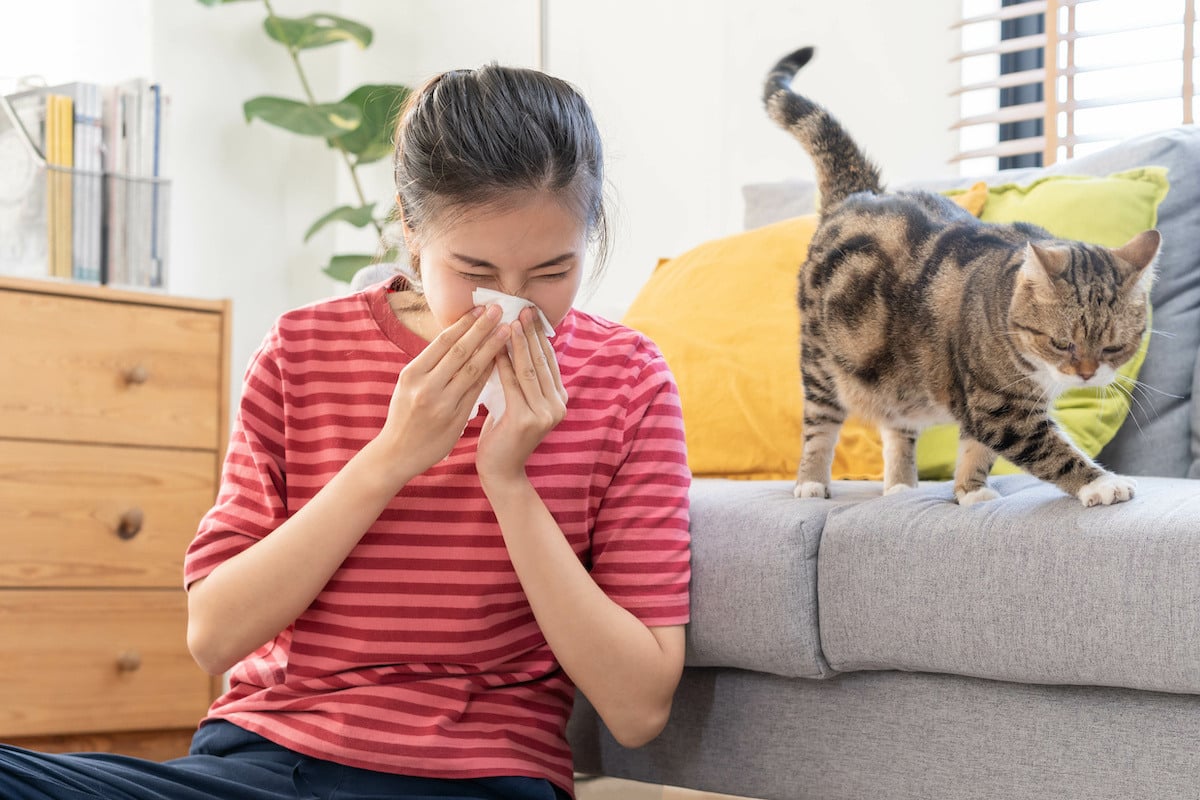Exposure to black mould can cause serious health issues in the long term. Children and pets are found to be more vulnerable to mould-related illnesses, and within this article, we will highlight what some of those symptoms look like.
This article offers you the following information:
[caption id="attachment_4725" align="alignnone" width="1200"]
- How mould affects children and pets
- What to do if children and pets exhibit symptoms of mould exposure
- How to prevent mould exposure from occurring
The Impact of Black Mould on Children
When mould spores are inhaled, ingested, or absorbed through the skin or eyes, a child's health can be affected. According to the Centers for Disease Control (CDC), indoor black mould exposure is linked to respiratory illness in otherwise healthy children. Black mould may also cause asthma symptoms in those susceptible to asthma development, particularly those who have a family history of the ailment.What Are the Signs of Mould Exposure in Children?
Children who are allergic to mould and have allergic reactions to toxic mould may experience sneezing, runny noses, itchy eyes, wheezing, and coughing due to health sensitivity. Black mould exposure can cause irritant reactions, including skin irritation rashes, itchy skin, eye rashes, skin rash, or headaches in health-sensitive children. Asthma is a respiratory disease in which the airways in the lungs become inflamed. Wheezing, coughing, chest tightness, and shortness of breath are all examples of asthmatic symptoms of mould exposure.Choosing the Right Doctor for Mould Exposure in Children
The CDC recommends that you first see a family or general health care practitioner, who will then refer you to a specialist if required. The illness will determine the type of specialist required. Mould allergies are treated by allergists, mould infections are treated by infectious disease physicians, and lung diseases are addressed by pulmonary specialists.How Does Black Mould Affect Pets?
Pets can be affected by black mould exposure like their human counterparts: inhalation, ingestion, or skin absorption of mould spores. Symptoms of black mould exposure in pets may include sneezing, runny nose, cough, wheezing, difficulty breathing, pulmonary hemorrhage, and eye irritations. Keep your pet away from mouldy areas within the home, and food that has been compromised, in order to avoid illness. If you think your pet has been exposed to black mould, take them to the vet as soon as possible. Learn more about the dangers of mould to pets. Mould can affect pets, too, not just children.[/caption]
Mould can affect pets, too, not just children.[/caption]
